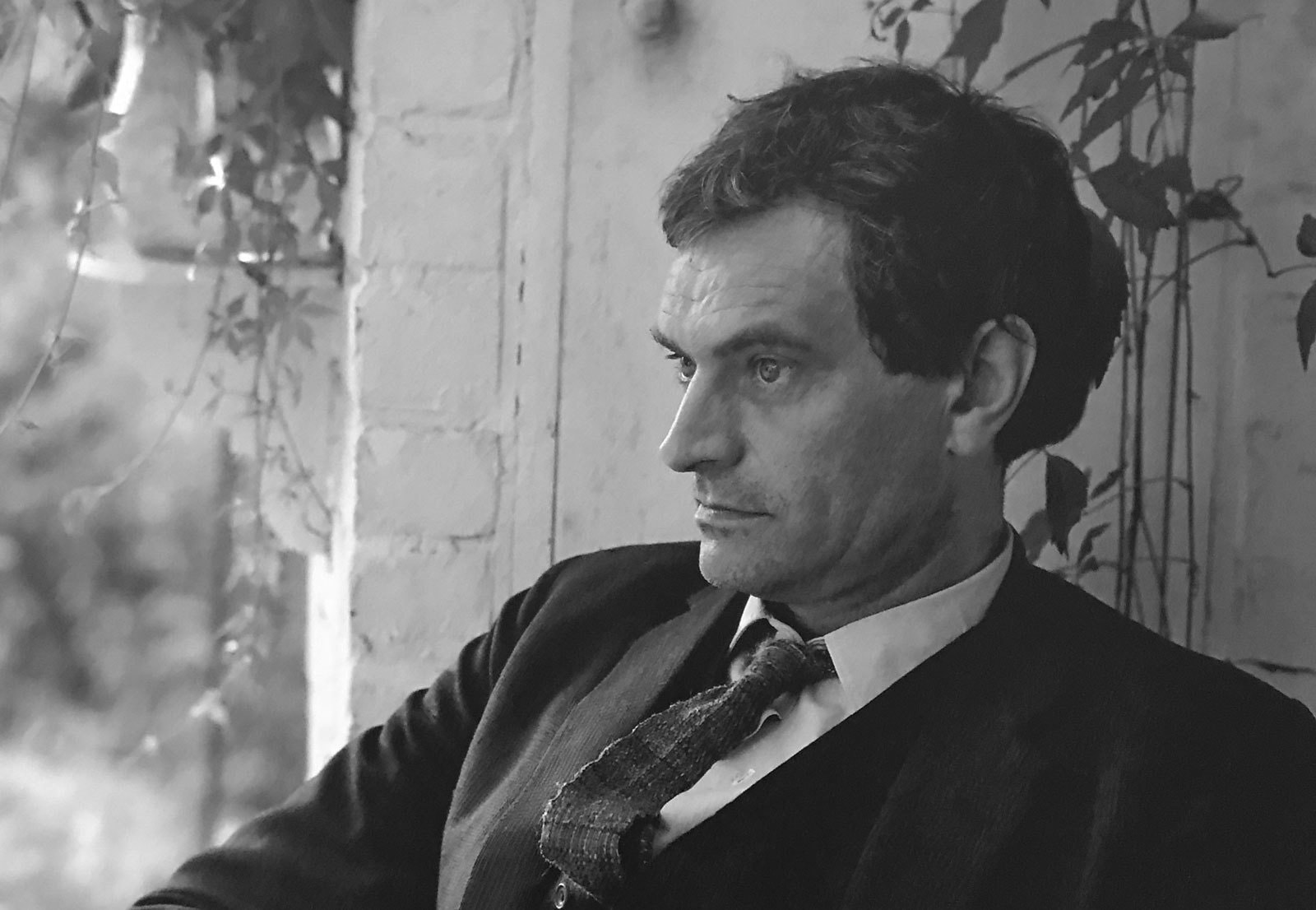Marcel Broodthaers. A Biography
Marcel Broodthaers lived in poverty for twenty years as a bohemian poet in Brussels. With no artistic training he turned to visual arts in 1964 as an ironic gesture, with an exhibition at the Galerie Saint-Laurent in Brussels. He launched himself caustically into the art market with a brief text printed on the invitation:
“I too wondered if I could not sell something and succeed in life… Finally the idea of inventing something insincere crossed my mind and I set to work straightaway.” In the eleven years that remained to him he established himself, in more than seventy one-man exhibitions, as an artist of considerable influence in terms not of style or sensibility but of attitude and approach.
Broodthaers regarded his art as a defence of European high cultural tradition in the face of barbarian threats and especially of Western commercialism. His strategy allowed him to appropriate techniques and media from nouveau réalism, pop art, conceptual art, and performance art so as to subvert them to his own aims; he emphasized the craftsmanship of his art, but without any trace of academic technique or dexterity, as his work was often executed by others. At its most personal his work employed techniques associated with poetry, applied by him not only to words but to images and symbols, with a particular emphasis on irony, metonymy, tautology, and synecdoche.
Broodthaers associated with others artists, including Magritte and Piero Manzoni, before he became an artist himself and he adapted from their work particular devices and improbable conjunction of images. In Magritte’s Curse, for example, he conjoined and printed images of a clouded blue sky. He expressed his resistance to American pop art in sculptures such as Casserole and Closed Mussels (1965, Tate, London), assembled from found materials such as eggshells, mussels, and European household goods that spoke of simplicity and poverty in the face of big business, banality, and mass production. From his first exhibition he conceived of the temporary installation as a medium in itself, involving not only the objects and their display but the catalogue, titles of works, and the private view as an event. From 1966 he began to use film (a medium that he had used in the 1950s) and photography as an integral part of installations, which presaged later developments in conceptual art. He went on to create his own peripatetic imaginary museum, which he inaugurated in his Brussels apartment-studio in 1969 as the Museum of Modern Art, Department of Eagles, 19th-Century Section and to which he continued to add ironically titled sections.
Broodthaers spent his last years in Germany and England as well as in Brussels, creating during this period a series of exhibitions collectively titled Décors, which were his definitive achievement. These temporary installations included Catalogue (1974, Palais des Beaux-Arts, Brussels), Eloge du sujet (Eulogy of the Subject, 1974, Kunstmuseum Basel), Invitation pour une exposition bourgeoise (Invitation to a Bourgeois Exhibition, 1975; Berlin, Nationalgalerie), the Privilege of Art (1975, Museum of Modern Art, Oxford) and L’Angélus de Daumier (1975, Musée national d’art moderne, Paris).
To a greater extent than before, individual works were brought together in different combinations according to the “laws” of personal syntax and poetics involving the transportation of media as well as of objects: paintings with printed inscriptions such as Painting (1973, Tate, London), a series of nine stretched canvases bearing descriptive phrases concerning various English-speaking writers; reproductions of paintings as photographs such as Mademoiselle Rivière and Monsieur Bertin (1975, Tate, London), after Ingres; hand-painted prints; films as objects; and objects as films. His work became increasingly complex and technically ambitious in all his chosen media, including paintings, drawings, films, photographs, performances, books, exhibition catalogues, prints, plastic reliefs, sound tapes, slide projections, collages, assemblages, and installations. Broodthaers conceived of his inclusive medium, however, as art and culture in the broadest sense, and it is in this respect that his influence has been most lasting.
Michael Compton
This biography was first published in Marcel Broodthaers (New York: D.A.P., 2013) and is reproduced with the permission of Estate Marcel Broodthaers.
